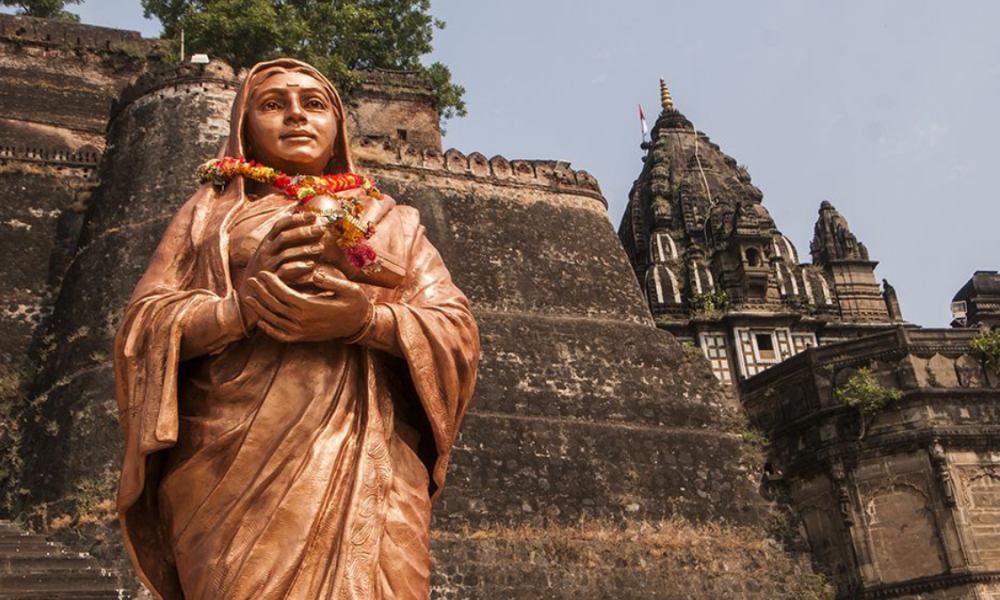
New Delhi: It was from the 8th Century onwards, that the crowds of barbaric tribes started streaming in Bharat from the North-west and the North. These Islamic invaders brought with them an ideology of loot, destruction, and expansion. The period from the 7 to 17th century saw three distinct phases of Islamic history in Bharat from the first conquest onwards. Started with invasions to provincial conquests and finally to Imperial domination.
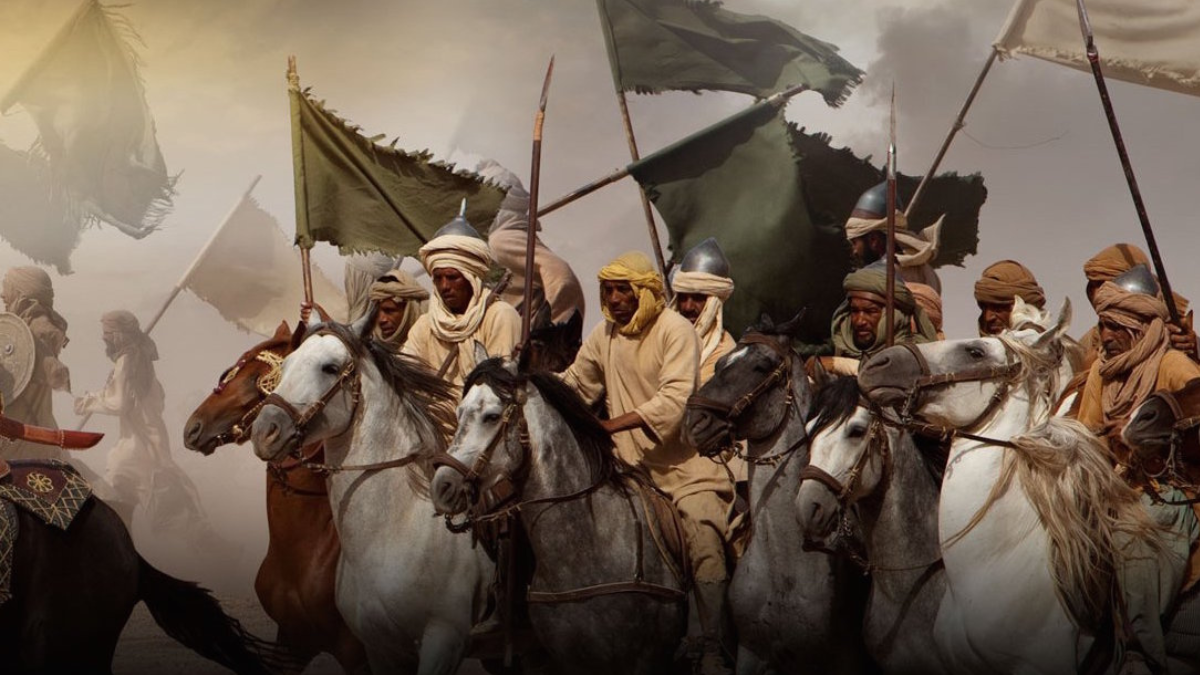
This period of over ten centuries saw conflicts between two opposite civilizations. There was heroic defensive resistance on one side, and aggressive subjection on the other. For the peaceful natives, this period of ten centuries was a period of conflict and combat rather than of convergence and amalgamation they were used to. This continued conflict created provincialization(divisions) of Bharatvarsh where each native ruler left to save his region and people against the Islamic perpetrators. This continued resistance became assertive under Chhatrapati Shivaji.
Under him, it was the age of revivalism of the cultural identity of the Hindu faith. Amidst this period of struggle came the golden period of cultural opulence, under the excellent statesmanship of Devi Ahilyabai Holkar, the queen of Malwa.
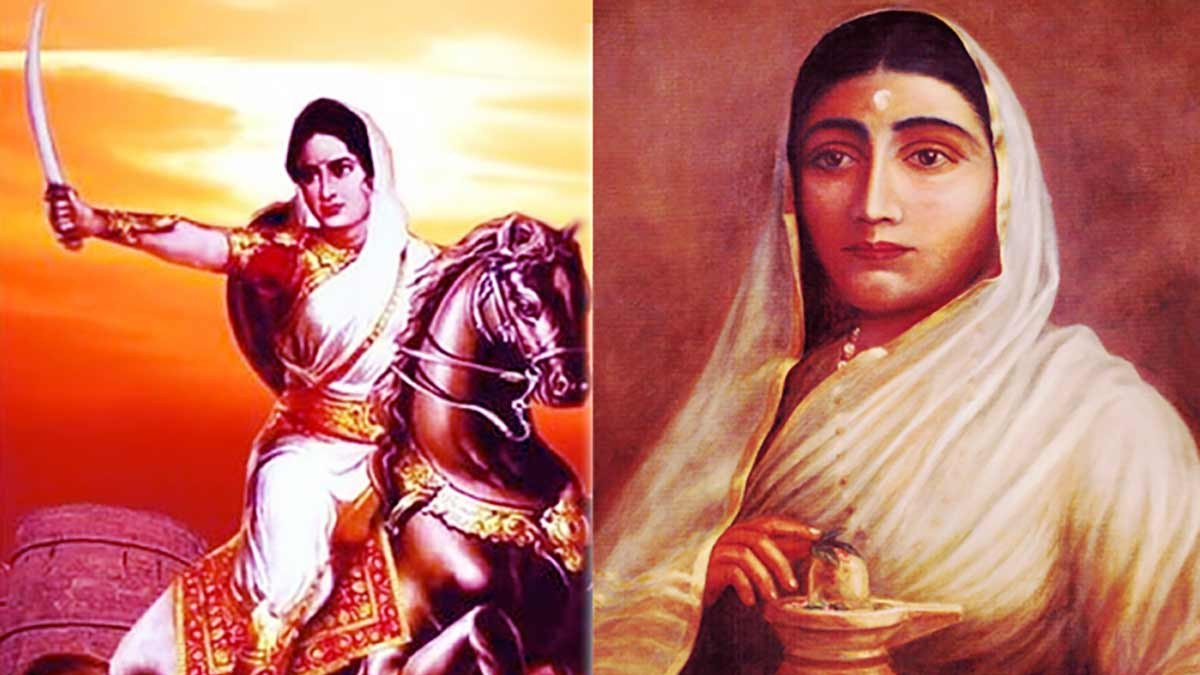
It was her just rule and charities beyond the geographical boundaries of her region, that she still continues to rule the hearts of millions of Bharatiyas. There are footprints of her living legacy all over Bharat from the highest temples of the Himalayas in the north to Rameshwaram in the south and from Somnath, Dwarakadeesh in the west to Jagannathpuri in the east.
Without any conquest or cruelty, she united the geographically and politically divided Bharat. Her rule was the most benevolent and stable reign of the 18th century. When the Mughals were occupied in destruction and expansion, Devi Ahilya Bai was expanding on an altogether different horizon of reviving the spirit and togetherness of Bharat.
Ahilya Bai was born on May 31, 1725, her father Mankoji Shinde was a Patil (village headmen) of village Chahunde in Aurangabad (now Chhatrapati Sambhajinagar). She was married in 1737 A. D. to Khandoji, the only son of Subhedar Malhar Rao Holkar. Subhedar Malhar Rao played a significant role in the third battle of Panipat and was instrumental in reviving Maratha’s power. He held the nobility of ‘Subhedar’ over a territory of thirty Perganas(a unit of land) yielding an annual revenue of Rupees Seven Lacs and more. Malhar Rao Holkar was the army commander of Peshwa Bajirao.
While he was successful in most of his campaign, on a personal front his destiny struck a different note when on March 24, 1754, his valiant and only son Khandoji, the husband of Devi Ahilya bai died from injuries sustained in the battle of Kumbher (near Deegh). The grandson was too young to take charge of the state’s affairs, Malhar Rao decided to prepare his son’s wife AhilyaBai, in statecraft. She excelled at administrative and military strategies under the guidance of her father-in-law, who believed she should lead her people one day. On May 20, 1766, another tragedy struck when Malhar Rao died and Devi Ahilya bai who was managing one district’s administration became the head.
After the death of her father-in-law and son a few years later, she petitioned the Peshwa to become the ruler, backed by the support of her army. She was wise and very observant of everyday political, and social events and the welfare of her people. Holkar’s rule lasted for thirty years from 1765 to 1795. It was a period during which perfect order and good governance prevailed. Under her able rule, the people prospered, and she was highly respected during her lifetime.
But she was destined for more than that. The dharmic oneness and identity that faced challenges during the Islamic period, was to revive. Devi Ahilya Bai‘s spiritual-devotional journey also began in this period. Knowing the importance of Dharmic kshetras and Tirthasthals as the positions on the journey of the Hindu religion, Ahilya Bai decided to sustain and strengthen these stations with her charities.
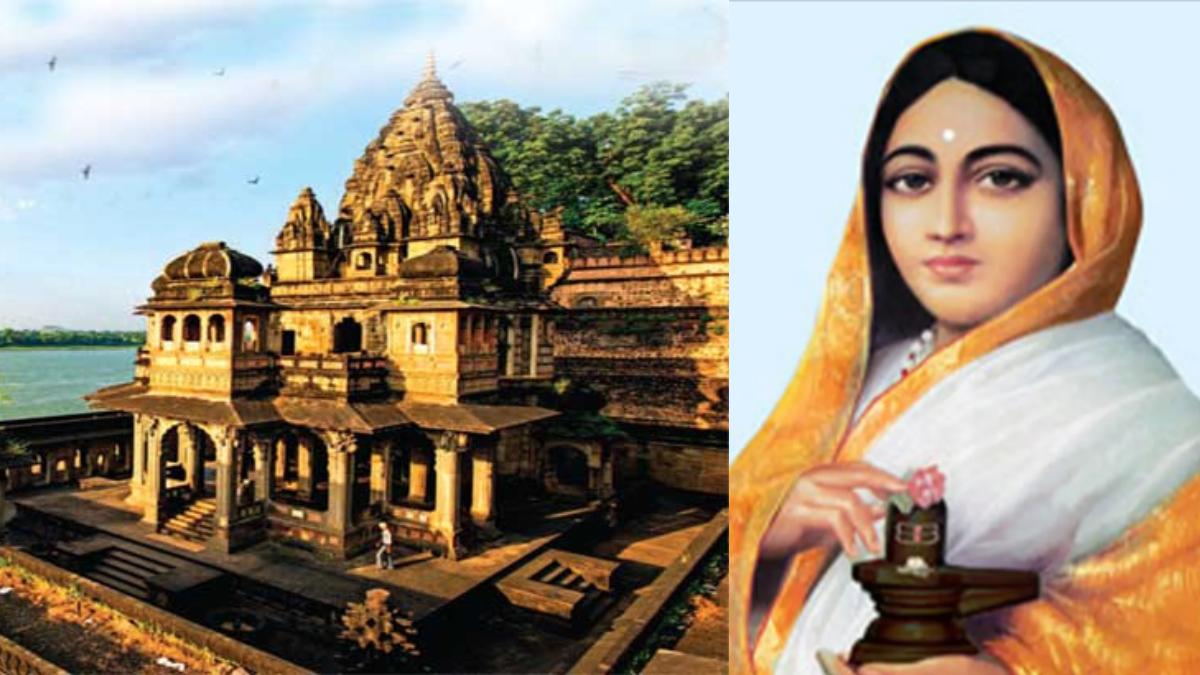
Detailing on the life, and span of Ahilya Bai’s charitable works and administration in his book on the life and work of Shri Ahilyabai Holkar titled, “Karnataka Devi Shree Ahilyabai Holkar” PV Thombre writes, “The Holkar Government collected and published a list of these charities, etc “Devasthan Classification List” in 1923. They also appointed a “Devasthan Officer” who traveled far and wide and collected information on the spot. All this information-published, collected and culled, has been brought together here –
“The Holkars were devotees of Siva … There are twelve Jyotir-Lingas (Luminary) of Siva spread all over India. We shall, therefore, try to see the extent and the nature of Devi’s charities to the twelve Jyotir-Lingas.
1. Shree Somanath in 1786 the idol was re-installed.
2. Shree Mallikarjuna. Dist. Karnul Madras Presidency (now Andhra Pradesh). Temple was built.
3. Shree Onkareshwar. Central India (on the Narmada bank.) House for Drums, Flower-garden, Palanquin, Boat, Silver-idol.
4 Shree Vaijnath. Nizam’s State (Maharashtra) In 1784 the temple was rebuilt.
5. Shree Nagnath. Nizam’s State (Maharashtra) In 1784 Annual payment of Rs. 81/- for 1 worship.
6. Shree Vishwanath. (Uttar Pradesh)
Mankarnikaghat (2) Re-installation of KashiVishwanath. (3) 6 Private temples. (4) Temple of the Ganges and 3 temples on the Ghat. (5) Shree Tarkeshwar temple. (6) Dashaswarnedha Ghat. (7) Female Mankarnika Ghat. (8) Dharmashala Rameshwar. (9) Dharmashala Kapildhara. (10) 9 Private Bungalows (11) Garden-field. (12) Plinth on Shitala Ghat. (13) Dharmashala Uttar Kashi. (14) Establishment of Bramha-puri.
7. Shree Trimbakeshwar. Nasik District. Bridge of Kushawarta-Ghat.
8. Shree Ghirishneshwar.’ Verul (Maharashtra). Rebuilt Shivalaya Tirth.
In all 12 jyotirlinga temples, she made 26 sorts of arrangements. Queen knew the importance Sapta-Puris (Seven Sacred Cities) and Chatur-Dhamas (Four-Quarters) which were spread all over Bharatvarsh. These are looked up to reverentially by Hindus of all castes and creeds in worship and pilgrimage.
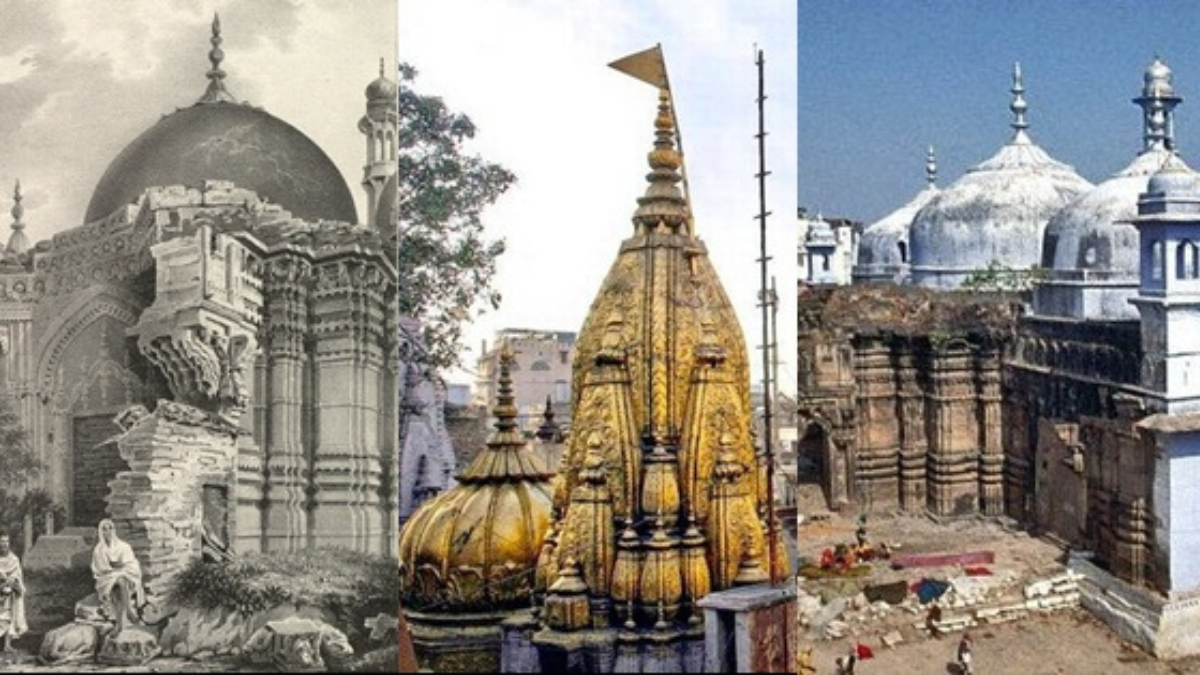
She built –
1. In Ayodhya – 1. Shree Rama Mandir. 2. Treta Rama Mandir 3. Bhairava mandir 4. „ Nageshwar mandir 5. Alms-House. 6. Shree Sharayu Ghat 7. Rest-House.
2. In Mathura Vrindavan – 1. Chain Bihari Mandir. 2. Chir Ghat. 3. Kalia Deha Ghat. 4. Rest-House.
3. In Maya (Hardwar) United Provinces. 1. Kushavarta Ghat. 2. Rest-House.
4. Kashi (Benares) United Provinces. Already referred (under Jyotirlingas)
5. Kanchi. Madras Presidency (now Chennai) on the Palar River, Ganges water annually sent.
6. Avantika (Ujjain) Central India. 1. Shree Lila Purushottam Mandir. 2. Shree Janardan Mandir. 3. Shree Balaji Mandir. 4. Shree Chintaman Ganapati. 5. Rest-House.
7. Dwarka Kathiawad (Western Sea Gujrat) 1. Alms-House.
In Chaar Dham Four Quarters of Aryavarta (Bharat)
1, BadriNarayan(Badrinath dham)in Himalayas (Uttarakhand).
Rangad Chatti, 2. Bedar Chatti. 3. Vyas Ganga. 4. TungaNath. 5. Pawali 6. Kund Chhatri. 7. Deva Prayag-Garden 8. Grass-field for cows. 9. Gauri-Kund. 10. Shree Kedareshwar Mandir. 11. Shree Hari Mandir. 12. Hot-water Kund. 13. Kundchatti Kund.
2. Shree Dwarka. Kathiawad (Gujrat) Already mentioned “under Seven Cities
3. Shree Rameshwaram Madras Presidency. Already mentioned under “Jyotir-Lingas”.
4. Shree Jagannath. Bengal Presidency.
Shree Ramchtodra Mandir. 2. Alms-House, 1 3. Garden-land.
These ancient Seven Cities and Four Quarters of Bharat were spots of worship and pilgrimage that the Devi distributed her charities with a full hand and a free heart to all-India” sacred spots. With progress and human spiritual evolvement these were succeeded by new-modern schools (Panthas )of Hinduism, Devi Ahilyabai contributed to more than forty such sacred spaces in the form of building temples to contribute towards their festivals.”
Explaining the concept of administration of ancient Bharatiya philosophy, Thombre mentions, “The Hindu religion has grown and widened with the Hindu peoples, the ruler has simply to protect and patronize it. He is the ‘‘guard’’, never the “driver” of the people’s religion. Devi Ahilya Bai faithfully and fervently followed this ancient rule of the Bharatiya polity.”
The Devi Ahilya bai also began the practice of sending the ‘Ganges-Water” annually on the Maha-Shivaratri night to all well-known sacred spots and shrines of Bharat. These thirty-four places were –
(1) Shree Rameshwar (2) Malikarjun. (3) Janardan Vasudeo. (4) Padmanath Janardan. (5) Abhishayan Anant. (6) Balaji Giri (7) Gokarna Maliabaleshwar (8) Subramaneskwar (9) Pashupateshwar (Nepal) (10) Dwarka (11) Dakore (12) Utkanteshwar (13) Avadhya Jagannath (14) Parali Vaijanath (15) Trimbakeshwar (16) Rama Panchwati (Madras Presidency) (17) Matru Gaya Sidheshwar Gujrath. (18) Bhima Shanker Post Ghod, Poona. (19) Pandharpur Pandharpur (20) Ekalinga Mahadeo Udaipur (21) Kapila Munee (22) Kedareshwar Tehri (23) Sorti Somanath (24) Nathdwara, Kakarol, Kathiawad. „ Chaturbhujnarayan and Yeshwanteshwar, Udaipur (25) Vridheshwar Mahadeo Ahmadnagar Dist (26) Ghrishneshwar, Verul (27) Loteshwar Mahadeo Bhavnagar State. (28) Jejuree Jejuri, Poona Bist. (29) Mahankaleshwar Ujjain, Malwa. (30) Rajrajeshwar Maheshwar (31) Onkareshwar Nimar District. (32) Kashi Vishweshwar Benares. (33) Badri Kedareshwar Tehri (34) Zadkhandi Vaijnath Orissa province.”
Another aspect of Devi’s charities was her encouragement and support of National Architecture. Bharat’s architecture in its various attributes flourished through her contribution in building different temples, gardens, and travel houses. In a time when almost the whole of India was engaged in wars and destruction, the Devi, through her charities, was nurturing art and building architecture, throughout Bharat.
The Devi was not merely raising temples, but she took care to populate them with colonies of learned men representing all branches of Hindu learning from all parts of India.
By patronizing the sacred places in their own territory, the previous Indian rulers have somewhat provincialized them. A geographically and politically divided Bharat, the Devi Ahilya Bai made it whole without any conquest. This is the significance of what the Devi bestowed on Bharat of the 17th century. The geographically, politically and spiritually partitioned Bharat for over 10 centuries from 800 AD onwards.
Devi Ahilya Bai’s legacy in sacred temples will continue to remind and revive the spiritual oneness of Bharat through the unifying force of common faith and dharma. It will also continue to inspire generations of rulers and ordinary people to uphold one common faith, that binds us all.
(The writer is a Ph.D. in Sociology and an independent commentator)




